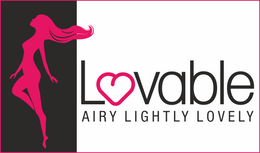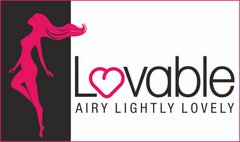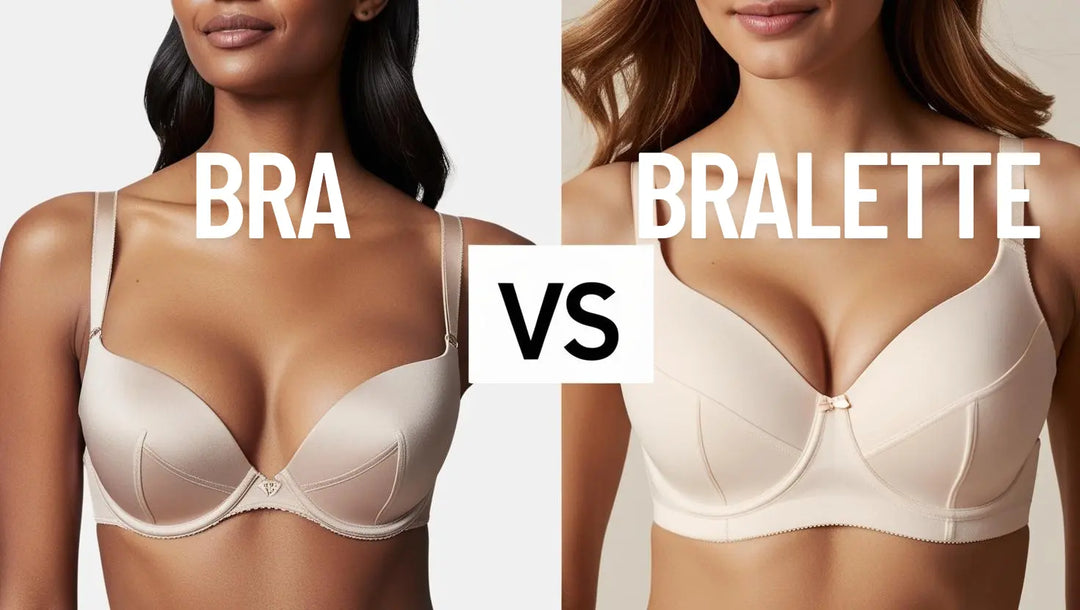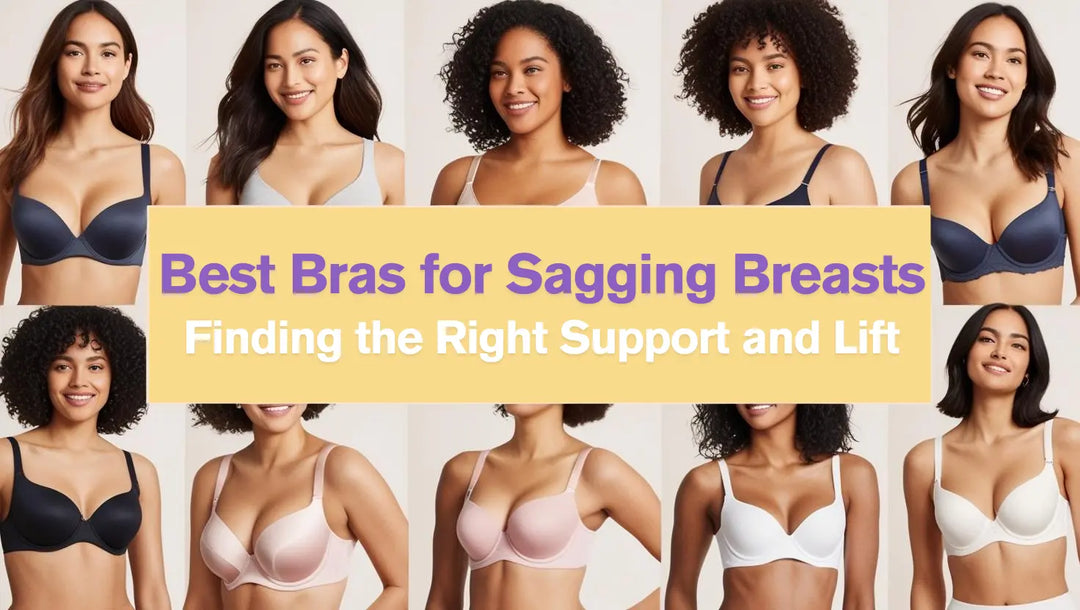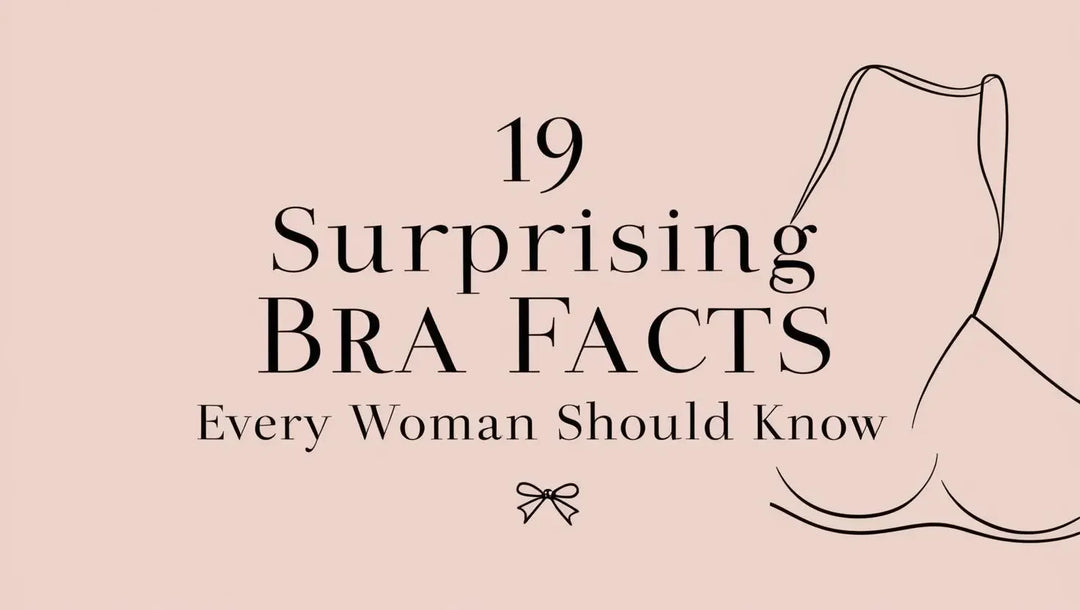Who Should and Shouldn’t Wear a Padded Bra? A Complete Guide
Padded bras are a popular choice for women seeking extra support, shaping, or volume. While they are beloved by many, they aren't suitable for every body type or preference. In this guide, we’ll explore who can benefit from padded bras, who may want to skip them, and how to choose the right one based on your body type and needs.
What is a Padded Bra?
A padded bra is a type of bra that features additional cushioning or padding sewn into the cups. The padding is typically made from foam, cotton, or sometimes silicone, and is designed to enhance the breast's natural shape by adding volume, lift, or support. There are many types of padded bras available, including:
-
Push-up bras: Designed to push the breasts together and lift them for enhanced cleavage.
-
T-shirt bras: Known for their smooth, seamless cups, these bras provide moderate padding for a natural shape under clothing.
-
Plunge bras: Feature a deep V-neck cut that is perfect for low-cut tops or dresses, offering subtle lift without visible lines.
While padded bras are popular for their ability to enhance appearance, choosing the right one can depend on factors such as your breast size, shape, and individual comfort needs.
Benefits of Wearing a Padded Bra
Before diving into the details of who should and shouldn’t wear padded bras, it's important to first understand the key benefits they provide:
1. Enhanced Shape: Padded bras can help create a more rounded, defined breast shape, making them particularly beneficial for women with smaller breasts or those looking for more structure.
2. Support: Padded bras offer support by lifting the breasts, which is especially helpful for women with softer or less firm breasts. The padding also provides extra structure, helping to prevent the breasts from feeling unsupported throughout the day.
3. Smooth Look: A key feature of padded bras, particularly t-shirt bras, is their ability to create a smooth, seamless look under clothing. This makes them ideal for wearing under fitted tops, dresses, or light-colored fabrics, as they help avoid visible bra lines or bumps.
4. Comfort: The extra padding in the cups can offer a layer of cushioning, reducing friction or discomfort, especially for women who are sensitive to the pressure of bras or who spend long hours in them.
5. Versatility: Padded bras are available in a variety of styles, making them suitable for many different occasions, whether it's for everyday wear, special events, or even for athletic activities that require extra support.
Who Should Wear a Padded Bra?
1. Women with Smaller Busts
If you have a smaller bust and desire more volume, a padded bra can give you a fuller, more balanced look. It provides shape and lift, helping your clothing fit better and boosting your confidence.
2. Women with Asymmetrical Breasts
For women with uneven breast sizes, padded bras can help balance the appearance. Many padded bras offer removable inserts, allowing you to customize the padding for a more symmetrical look.
3. Post-Surgery Women
Those recovering from breast augmentation, reduction, or reconstruction can benefit from the cushioning of a padded bra. It provides comfort, support, and protection during the healing process, while also ensuring a smooth, natural look.
4. Women Seeking Extra Coverage
Padded bras can offer discreet coverage, especially for those who are concerned about visible nipples through thin or clingy fabrics. They are perfect for creating a polished, smooth look under light-colored or form-fitting clothes.
Who Shouldn’t Wear a Padded Bra?
1. Women with Larger Busts
For women with larger breasts, padded bras may add unnecessary bulk and discomfort. Larger breasts typically require more support than volume, and full-coverage or bras with underwire support are better suited to provide the needed lift without excess padding.
2. Women with Sagging Breasts
Padded bras may not provide the lift necessary for sagging breasts. While they add volume, they don’t offer the firm support required to lift and shape sagging breasts. A balconette or full-coverage bra with strategic support features is a better option.
3. Active Women
If you’re highly active or engage in intense workouts, a padded bra might not be the best option. During exercise, padding can shift uncomfortably, whereas sports bras or lightly lined bras offer better support and comfort for high-impact activities.
How to Choose the Right Padded Bra
When selecting a padded bra, consider these key factors:
1. Padding Level
Padded bras come in various padding levels. Light padding offers a more natural look, while thicker padding provides more volume and lift. Choose based on the look you want to achieve.
2. Bra Style
Different styles suit different needs. T-shirt bras with light padding are perfect for everyday wear, while push-up bras with thicker padding enhance cleavage for special occasions. Plunge bras are ideal for low-cut tops.
3. Material
Consider the material of the bra. Soft, natural fabrics like cotton are best for sensitive skin, while synthetic blends offer durability and support.
4. Proper Fit
Above all, the fit is crucial. An ill-fitting padded bra can lead to discomfort or unwanted bulges. Ensure you get properly fitted or measure yourself to find your correct size.
Conclusion
A padded bra can be a great addition to your wardrobe, offering support, volume, and a smooth look. They’re ideal for women with smaller busts, those with asymmetrical breasts, or those seeking more coverage. However, they may not be suitable for women with larger breasts, sagging breasts, or those who prefer a natural look. Ultimately, the choice comes down to your personal comfort and style preferences. Consider having a variety of bras to suit different occasions, ensuring you feel confident, comfortable, and supported.
